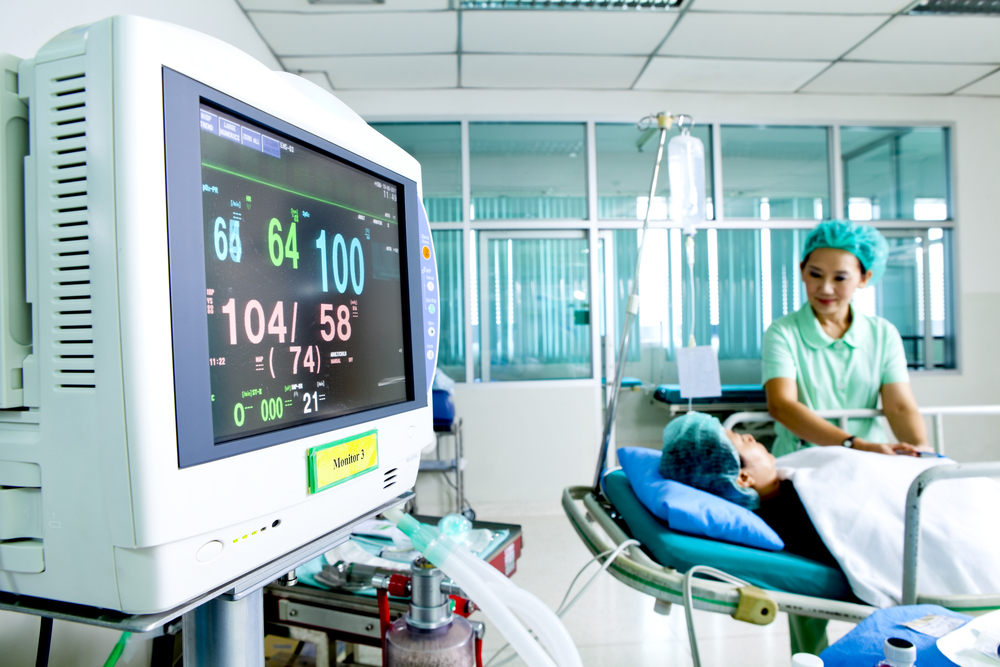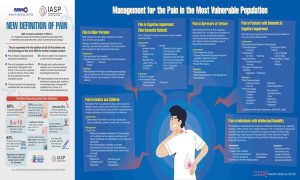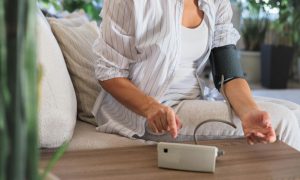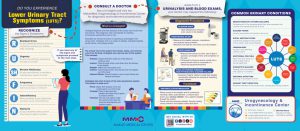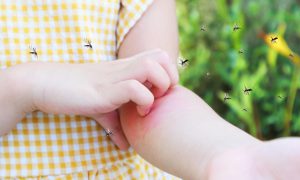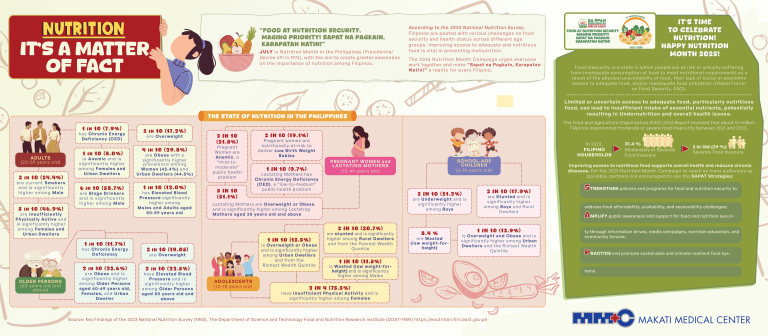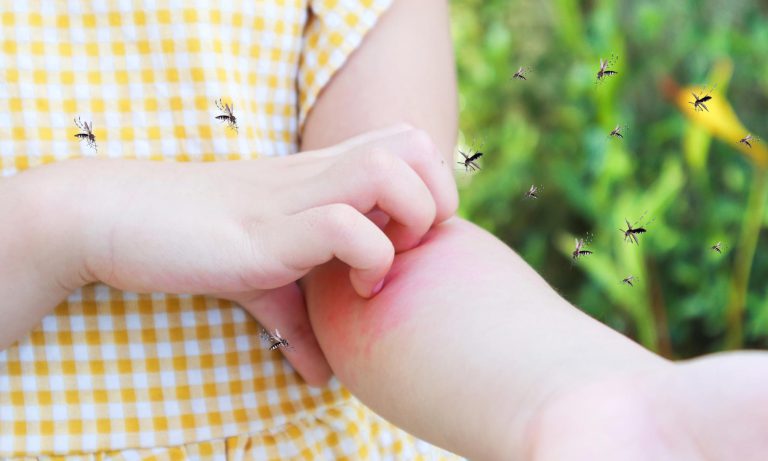Accidents can happen to anyone, but the more worrisome part is that it can strike when you least expect it. Accidents also often result in medical emergencies, so proper and immediate intervention can be crucial. Otherwise, these unforeseen events can pose a great threat to one’s health or life.
Preparedness is Key
To prevent further harm and save a life, it’s always best to be prepared in dealing with medical emergency situations. This includes knowing what warning signs to look out for, as well as applying the right first aid treatment. Being aware of these things can empower you to help yourself or someone during critical moments.
The following is a list of common health emergencies, with each describing the symptoms as well as steps you need to take in those instances:
1. Burns
Burns can be caused by coming in contact with any of these sources:
- Fire
- Hot liquid or steam
- Hot metal, glass, or other objects
- Electrical current
- Corrosive substances like acid and alkali
Depending on the severity of the burn, you may see the following symptoms:
- 1st-degree burn – A minor burn on the outer layer of the skin that results in reddening and pain
- 2nd-degree burn – Apart from the outer epidermis, the dermis or the second layer of your skin may be affected; there is swelling, blisters, severe pain, and blotches of red or white marks on the skin
- 3rd-degree burn – Reaching the deeper tissues, this type of burn can cause the skin to look black, brown, or white with a leathery appearance. It is also possible to feel numbness as a result of the destruction of the nerves.
Minor burns can be treated at home. However, more severe cases call for hospital treatment if first aid basics involve the following steps:
- Run lukewarm water over the affected area for approximately 20 minutes. Don’t use ice or iced water as it can further damage the skin, while lotions or creams may cause allergic reactions. Toothpaste isn’t recommended either since it may contain chemicals that may be harsh to the skin.
- Avoid exposing the burnt area by covering it with a dry sterile dressing or a layer of cling wrap. You should not break or burst any blisters, too.
- If the face or eyes are burnt, do not lie down. Instead, be seated. This position can help reduce the swelling.
- In severe cases where the patient has to be taken to the hospital, keep the burnt area immobile. The patient may also need anesthetics, so avoid giving oral medicines.
2. Massive bleeding from cuts
Cuts in the scalp, fingers, and toes are the type of wounds that can cause massive bleeding. Applying gentle, direct pressure on the area can stop the bleeding, so be sure to do this crucial step before covering the injury with a moist cloth or bandage. If the wound is near a joint, try to immobilize it using a splint or any other suitable means.
Aside from keeping your hands clean when giving first aid, it’s also important to use gloves (latex or nonlatex).These measures can protect yourself from coming into contact with the blood and may potentially acquire infectious diseases like HIV/AIDS or viral hepatitis.
3. Loss of consciousness
Fainting or syncope is usually accompanied by dizziness and can have different triggers, some of them including low blood sugar, low blood pressure, brain attack (stroke), heart attack, or heart stroke. It is also possible that there’s no medical significance behind one’s loss of consciousness, but fainting more than once definitely require medical consultation.
If you feel like you’re about to faint, lie down and avoid getting up too quickly. You may also sit down with your head placed between your knees to keep you from falling. Meanwhile, if it’s someone else who feels lightheaded, here are the steps you need to take while waiting for the emergency medical team to arrive:
- Make the person lie on his back and raise the legs above the heart level. Loosen any constrictive clothing like belts or button-up collars.
- Help the person to feel comfortable, especially if they’re sweating due to excessive heat. If due to dehydration, pour water over their skin and have them drink water.
- Check for breathing through the nose or by watching the chest rise and fall. If there’s no pulse, begin Cardiopulmonary resuscitation (CPR) and call for medical help immediately.
4. Choking
Choking occurs when a particle gets stuck in the throat or windpipe, causing blockage in the airflow. An adult who chokes on food or a child who accidentally swallows a toy should cough forcefully to dislodge the foreign material. If this isn’t possible, be ready to do the Heimlich maneuver, which is the procedure of applying pressure on the abdomen to clear any obstruction that restricts the flow of air.
Here’s how to perform abdominal thrusts in the Heimlich maneuver:
Step 1: Stand behind the person with your arms wrapped around the waist. Tip the person forward slightly. If it’s a child who’s choking, you might need to kneel down behind the child.
Step 2: Make a fist with one hand and place it a little above the navel.
Step 3: Grasping your fist with your other hand, press hard into the abdomen with a quick, upward thrust as if you’re trying to lift the person. Do the thrusts for about 6 to 10 times until the blockage is dislodged.
You can also perform the Heimlich maneuver on yourself, except that you’ll need to bend over a chair or a countertop as you make the thrusts.
5. Chest pain
Someone who experiences chest pain may or may not be having a heart attack, but the three important things to check are circulation, airway, and breathing. If upon checking these three and you find that the person isn’t breathing, you should immediately start CPR.
In case you haven’t had any CPR training, do the following instead: position the patient’s head with the chin up, make sure the tongue is not blocking the airway, and apply chest compression. Proper chest compression is done by moving the heel of your other hand on top of your first hand, which should be on the center of the person’s chest. Keep your arms straight and push hard and fast. Chest compressions should be at least two inches deep.
Always Be Ready for Emergencies
Prevention still beats any cure for most illnesses or injuries, but emergency medical circumstances are beyond anyone’s control. In such cases, basic first aid knowledge can provide valuable help to the patient. You only need to have the presence of mind so you can do the right thing in an emergency while waiting for certified medical staff to respond to your medical emergency.
Makati Medical Center’s 24/7 emergency medical services have been saving the lives of many Filipinos for over 50 years. For any medical emergencies, call or head to Makati Medical Center.

